Last year at this time, I faced that issue, the knowledge that each day would be the same as the last in my health. The pattern was set for the decade previously, I would try something for a while, showed some results, would get bored with it, slip up a bit, and then end up in the same place I was previously. It made me ponder doing something entirely different than I had attempted before, in an effort to shake up my life and prove that I could change old habits and routines.
I gave up sugar and flour for a one-month experiment just to see if I could take control of part of my life, while living in a situation filled with factors I couldn’t control. If you think about it, what we eat is one area that we completely control. Last I checked, no one was sneaking around and shoving sweets down our throat or knocking us unconscious to stuff us full of bread. What we consume is one of the few areas in life that gives us all the power, but most of the time we use that power to hurt ourselves rather than help. Over the course of a month, I diligently focused on going through the challenge with no slipups and I came out a changed man.
This is where you’re thinking, “What could be so life changing? There’s lots of programs out there that last a month and they get you to lose 10-15 pounds. Why would I go through the trouble of giving up all the food I love just for some weight loss?”
Well, to be completely honest with you, I realized that giving up sugar and flour for a month ended up having nothing to do with weight loss. Sure, you’ll lose weight during the month, but I consider that minor physical change one of the least important parts of doing the challenge. Wait! Please hear me out and don’t stop reading now, I’m about to get to the good stuff.
I know this might be tough for you to swallow, especially since a majority of you who read my book and follow my blog are trying to losing a few pounds. I understand where you’re coming from and I also know there’s quite a few other things you can do for a month or two that will give you the weight loss results you want. But let’s be honest that you’ve traveled a distance on the weight loss hamster wheel in your life and if you’d been successful in the past, then you likely wouldn’t be reading these words right now. You need something to really shake up how you look at and how you approach food in general, and that’s what you’ll get with the challenge.
Let me summarize the two most important aspects of my experience of going without sugar and flour for you, and you be the judge on how they would affect your life.
1. The longer you do the challenge, the more your brain is rewired to not need those foods that have the biggest negative impact on your health. Since I started the challenge to now, I’ve realized that I look at food completely differently than I have at any other point in my life. The emotional component I used to feel has been severed to a point that temptation isn’t a huge issue any longer and food doesn’t beckon me like the old days. Take a moment and imagine your life right now if you rarely felt cravings that you couldn’t easily control, or a favorite food you can pass on without much thought. The only unfortunate thing for me is that it is impossible to explain this feeling to others who haven’t gone without sugar and flour for a prolonged period of time, but trust me that it will be amazing.
2. The second key to this experience is your ability to prove to yourself and others that you can complete the one-month challenge by taking control of what you eat. I will agree with you that it will be difficult at times, but it will also have positive effects on your self-confidence, esteem, and desire to take on even more challenges. Before you begin the challenge, you might have some doubts about your ability to go without these foods you have known all your life, but it is possible with the right plan and some determination. You quickly realize that you have total control over the food in your life, so it just comes down to willpower and proving to yourself that you are capable of doing anything for a month. Every bit of lack of control and frustration in the world around you, can help you stay focused on your goal so you can show the world what you’re made of. Once you realize your ability, you start to understand what you can accomplish going forward.
These two areas not just changed me for the month I did the no sugar & no flour challenge, but for the months after and all the way today. Almost a full year has passed and I still find myself amazed at my accomplishment and desire to keep going to see how far it takes me. Sure I’ve lost weight, (quite a bit in fact), but I often hesitate to speak about that part of the experience. Instead I like to focus on my change in mindset and determination to keep pushing myself mentally, physically, and emotionally to the next milestone in life.
I know that you can experience the same thing. It just starts with a month.
All the best!
John Graham

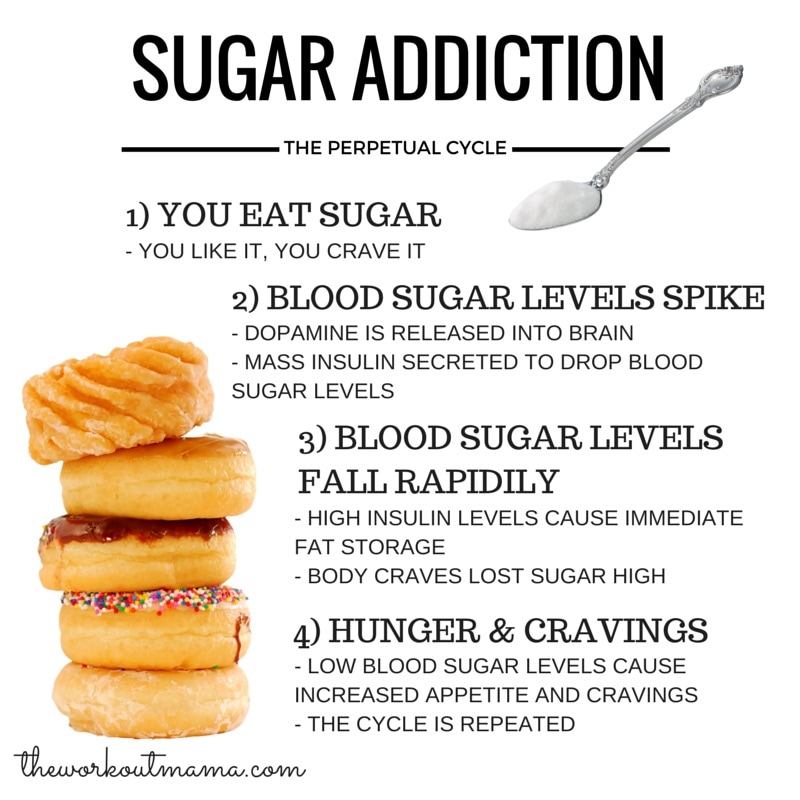
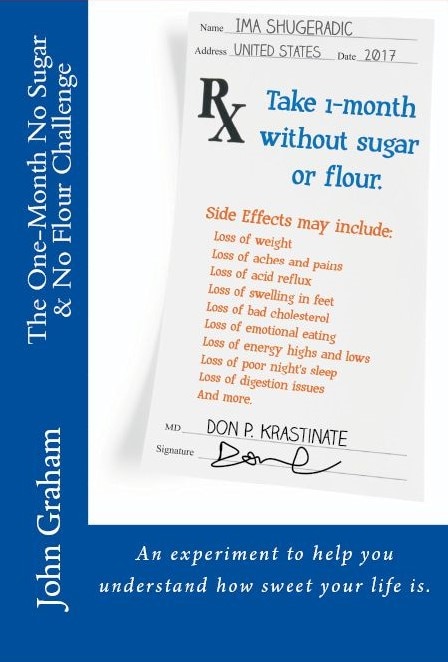
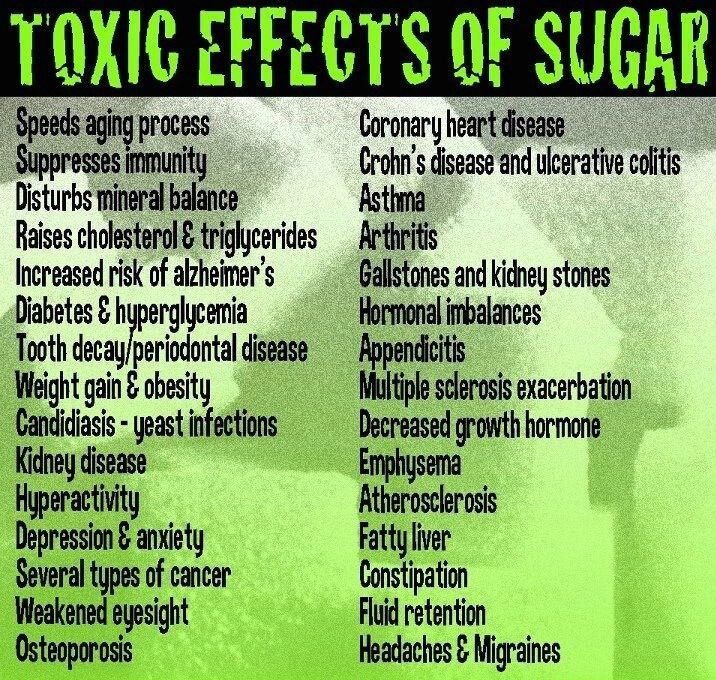
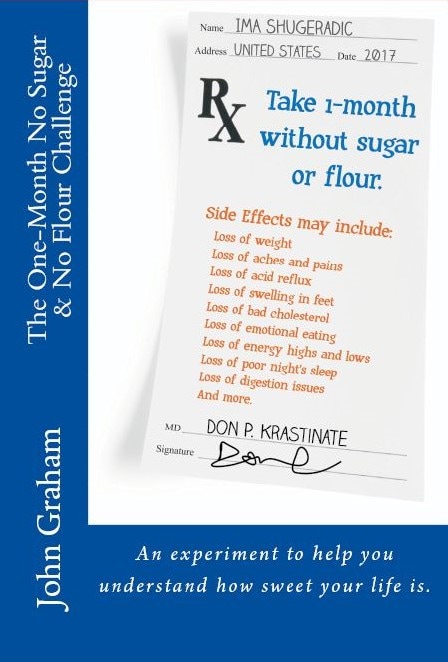
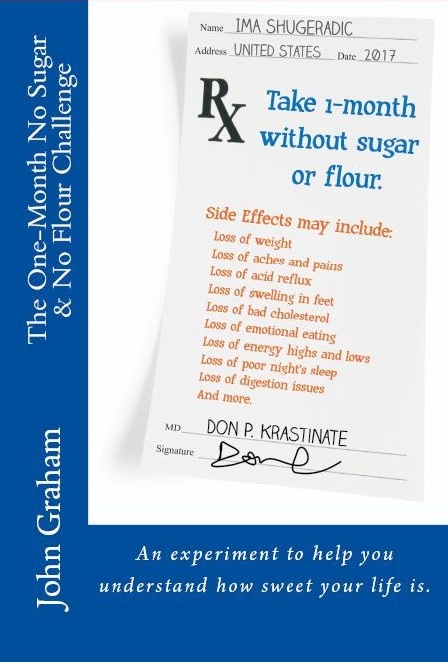
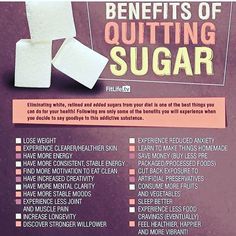
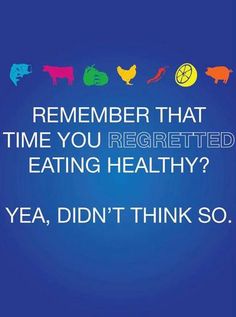
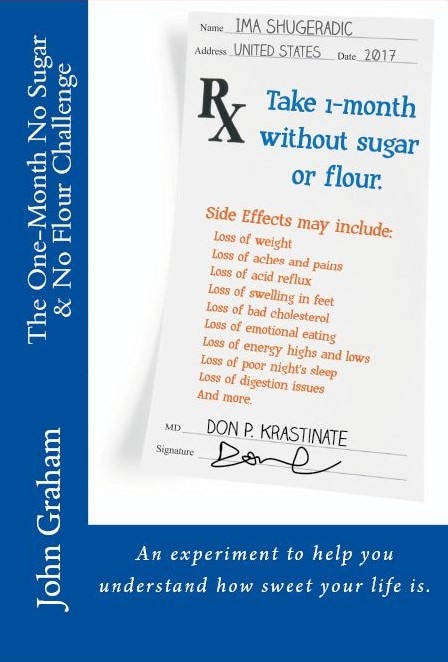
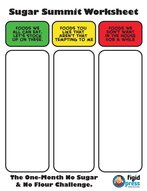
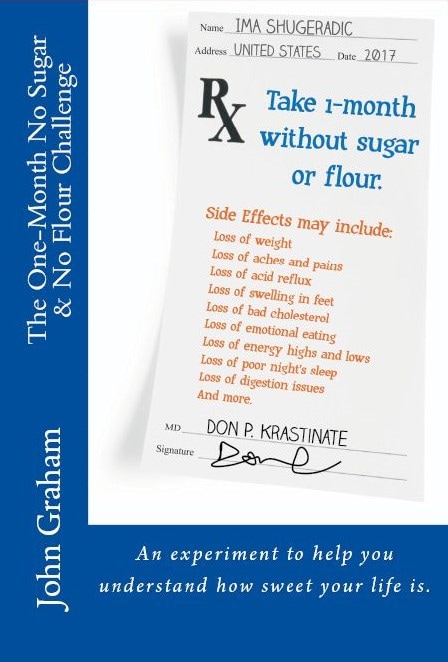
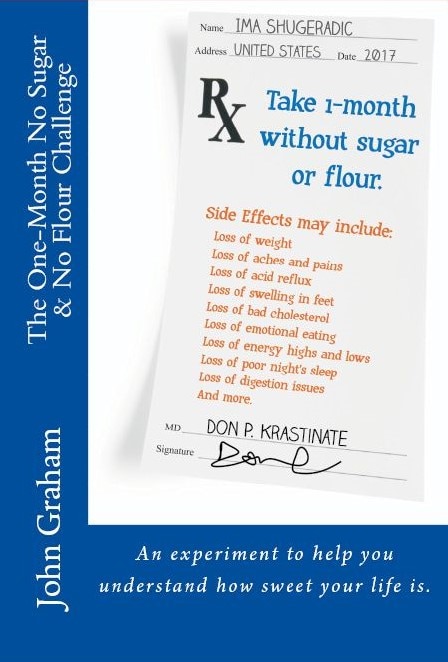

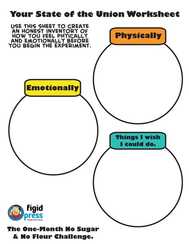

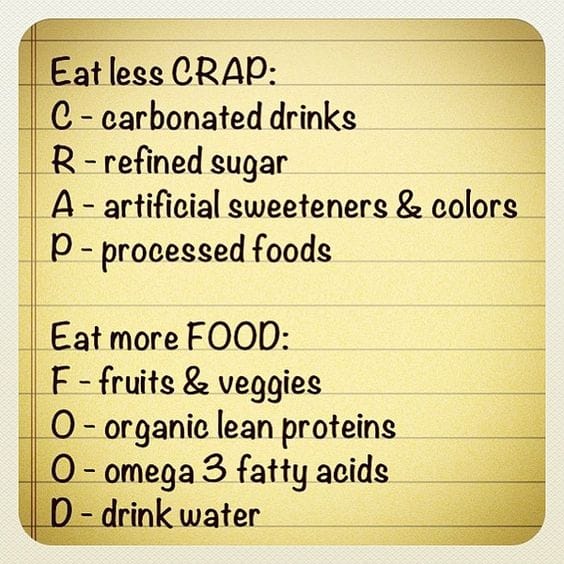
 RSS Feed
RSS Feed
